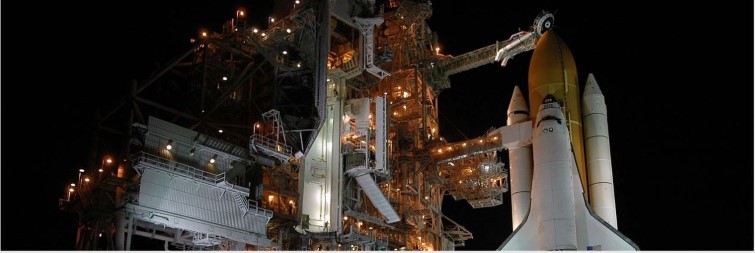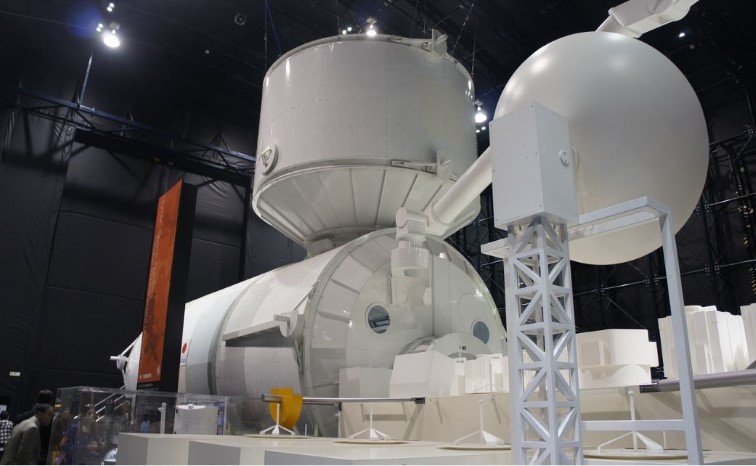Japanese vs American lander: results so far

Space is a cold, dangerous and inhospitable place. We ourselves have to design, create, test and apply all our knowledge and experience in order to succeed in our plans to take a closer look at the stars above us. So how are we doing so far on a global scale?
The Japanese lander made it onto the Moon
January 19, 2024, the Japanese ultra-precise lander carrying two smaller rovers successfully landed on the surface of the Moon. Immediately after landing, telemetry data came in about this historic event for the Japanese space industry.
The initial enthusiasm was followed by a cold shower because the photovoltaic (solar powered) panels didn’t open (or were not functioning as designed) and the lander had only a few hours of battery life left.
There is unofficial information that there is no sunlight at the landing site, although this should be taken with a large dose of reserve considering the success of all flight operations, and thus the choice of the landing site. While JAXA (Japan Aerospace Exploration Agency) was calculating what happened on the Moon, NASA’s DSN radio telescope network received data on radio signals captured by the SLIM lander and the LEV-1 rover.

The Lander SLIM landed in the area of Mare Nectaris, about fifteen degrees south of the Moon’s equator. How precise the landing was will be known after spacecrafts from the lunar orbit take photos of SLIM on the surface.
Furthermore, problems with photovoltaic panels may also arise due to the specific landing and then rotation of the lander and its position on the ground. A completely successful landing is not ruled out, but during the process of lying on its side, the lander flipped over improperly and remained in an unfavorable position for the operation of the photovoltaic panels.
The mission is definitely a big step in modern exploration of the Moon because it accomplished the landing and ejection of the “rover”. Maybe anything more than that was too much after all.
The American lander exploded in Earth’s atmosphere
Launched on January 8, the private American lunar lander Peregrine was supposed to land on the Moon. Fate had other plans. An explosion on the spacecraft, probably due to a faulty valve on the fuel tank system, made it impossible to carry out the planned mission.
Peregrine reached the Moon’s path but also returned back to Earth. At a speed of almost 40 km/s, it flew into the high layers of the atmosphere above the Indian Ocean.
In the end, the complete disintegration took place over the sea, about a hundred kilometers away from the northeastern coast of Australia.
Astrobotic, the company that produced the lander, announced the loss of radio signal January 18. It is important to point out that almost all systems of the aircraft itself have been tested in flight. A dozen semi-independent sensor systems from other manufacturers have also been activated.
All this together gave the mission the status of partially successful, but for engineers and planners this is an exceptional gain of experience, important for subsequent missions.
The journey to the Moon is littered with problems and pitfalls. In the coming months and years, an armada of aircraft of various colors, shapes and flags will try their luck. A considerable number of them have failed during the missions so far, and even more will probably do so in the future.

